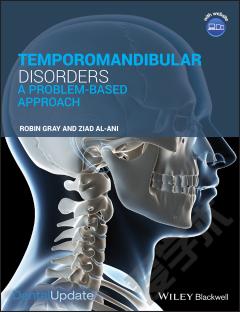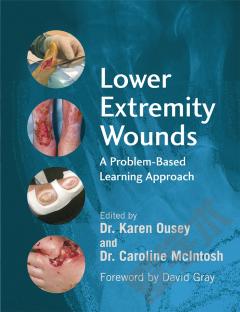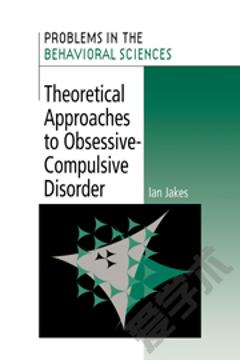Temporomandibular Disorders —— A Problem-Based Approach
----- 颞下颌关节紊乱:根据病情确定方法
Preface. Acknowledgements. 1 About the Book. About temporomandibular disorders: what is a TMD ? 2 Clinical Aspects of Anatomy, Function, Pathology and Classification. The joint anatomy, histology, structure, capsule, synovial membrane and fluid, ligaments. The intra-articular disc (meniscus). The bones of the temporomandibular joint. Mandibular (jaw/masticatory) muscles. Classification and Pathology. Further reading. 3 Articulatory System Examination. Examination of the temporomandibular joints. Mandibular (masticatory) muscle tenderness. Signs of bruxism. Further reading. 4 I ve Got TMJ ! History. Examination. Special tests. Differential diagnosis. Management. Further reading. 5 I ve Got a Clicking Joint. History. Examination. Other special tests. Treatment. The patient journey. Further reading. 6 I ve Got a Locking Joint. History. Examination. Diagnosis. Treatment. TMJ locking. Further reading. 7 I ve Got a Grating Joint. Examination. Diagnosis. Treatment. Final treatment plan. Further reading. 8 You ve Changed My Bite. History. Examination. Treatment. Discussion. Further reading. 9 I ve Got Pain in My Face. History. Examination. Differential diagnosis. Treatment. Questions to ask patients regarding pain in general. Further reading. 10 I ve Got a Dislocated Jaw. Examination. Likely diagnoses. Management. Further reading. 11 My Teeth Are Worn. History. Examination. Diagnosis. Treatment. Important considerations in tooth surface loss. Further reading. 12 I ve Got a Headache. Examination. Radiographs. Articulatory system exam. Likely diagnosis. Management. Patient journey. Further reading. 13 I ve Got Whiplash. Examination. Record keeping. Are TMD and whiplash related? Likely diagnosis. Management. Further reading. 14 What s of Use to Me in Practice? Counselling and reassurance. Drug therapy. Physiotherapy. Splint therapy. Mouth prop. Occlusal adjustments. Radiographs. Further referral. Further reading. 15 You and the Lawyer. Case scenario 1: note and record keeping. Case scenario 2: a medical report request. Case scenario 3: a disgruntled patient. Further reading. 16 The Referral Letter. Details. History. Request. Further reading. 17 How to Make a Splint. How do you make a stabilisation splint? Fitting a stabilisation splint. How do you make an anterior repositioning splint? Further reading. 18 Patient Information. Stabilisation splint. Anterior repositioning splint. General advice for patients with a TMD. Exercise programme for patients with TMD. 19 Glossary of Terms. 20 Short Answer Questions. Index.
{{comment.content}}








 京公网安备 11010802027623号
京公网安备 11010802027623号